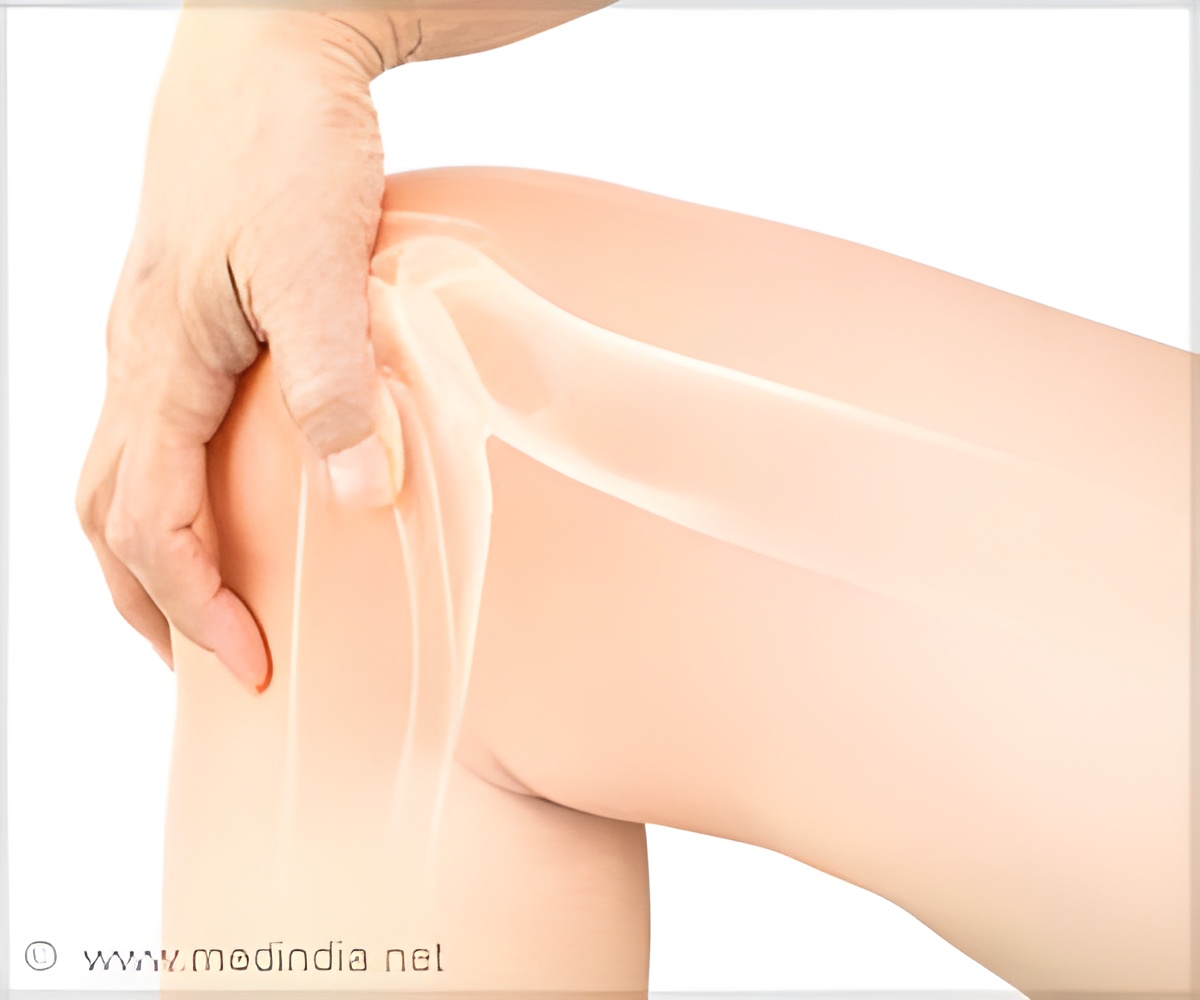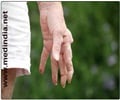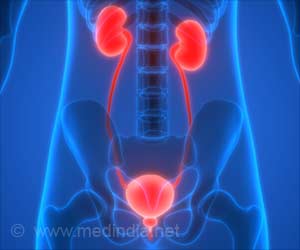Could mRNA therapies be the future of osteoarthritis treatment? Researchers at @UWMadison are developing blood clots activated with mRNA to regenerate cartilage.

‘Osteoarthritis affects 33 million adults in the US. Treatment using therapeutic blood clots activated by mRNA can be a more effective alternative to joint replacement surgery. #osteoarthritis #mRNA’





With additional research, it might eventually provide a more potent alternative to therapies including joint replacement surgery, hyaluronic acid injections, and steroid injections(1✔ ✔Trusted SourceLocal delivery of TGF-β1-mRNA decreases fibrosis in osteochondral defects
Go to source).
“The best-case scenario is that this could be an injectable or implantable treatment for patients who have advanced osteoarthritis,” says Murphy. “This would be an alternative to the existing methods for treatment, which generally don’t show a high level of long-term success.”
Following the lead of his lab’s previous work on mRNA-based vaccines, therapies for spinal cord injuries and more, the method relies upon mineral-coated microparticles to deliver mRNA that encodes for the production of a protein that supports cartilage formation.
First, the team takes bone marrow aspirate (liquid bone marrow) and peripheral blood samples from a patient, mixes in the microparticles, and then forms the mixture into a blood clot. Then the mRNA-activated clot gets delivered to the site of the damage.
“This all happens in the same surgery,” says Murphy, whose lab specializes in therapies that leverage biologically inspired materials. “This is all intra-operative, and it uses materials derived from the patient.”
Advertisement
It also degrades more quickly. Unlike traditional tissue engineering approaches, however, the new method doesn’t require the use of a synthetic scaffold material upon which to grow cells.
Advertisement
Murphy says his group is exploring the same approach to treat large skeletal muscle and bone defects as well.
Reference:
- Local delivery of TGF-β1-mRNA decreases fibrosis in osteochondral defects- (https://www.sciencedirect.com/science/article/pii/S2452199X24005255)
Source-Eurekalert















